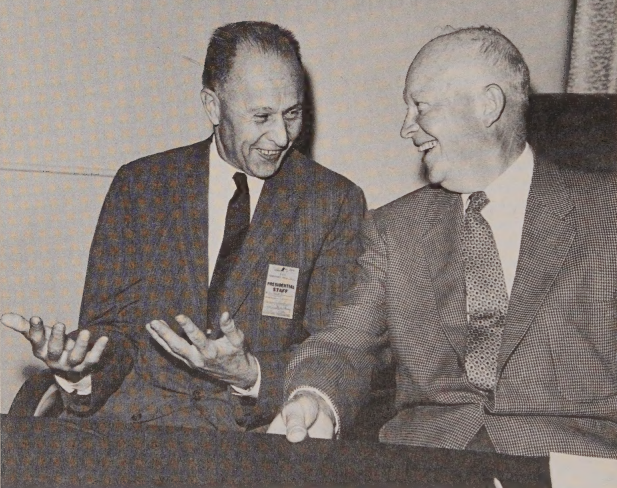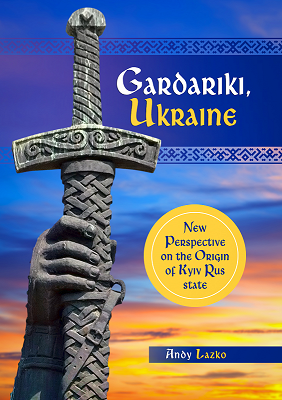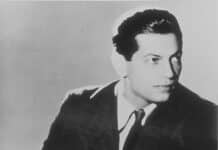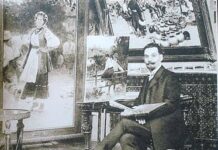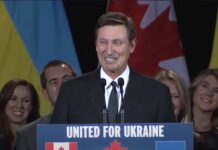On April 11, 1945, Oppenheimer sent Groves the news that Kistiakowsky had managed to produce implosive compressions so perfectly symmetrical that their numbers agreed with theoretical prediction. Truman postponed the conference with Stalin and Churchill in Potsdam until July 15 on purpose to give the Los Alamos team more time. To make sure the President had news of the test during the conference, the test date was set on July 16. Successful test of the atomic bomb would be a substitute for Soviet entry into the Pacific war.
By July, the pace of the whole test depended on the delivery of full-time molds for the implosion lens segments and Kistiakowsky’s group worked night and day to make them, but the air cavities in the interior of the castings produced too many rejects. The team was able to detect the cavities by X-ray, but could not repair them. July 9 Kistiakowsky, “in some desperation”, got hold of a dental drill and, not wishing to ask others to do a dangerous job, spent most of the night, the week before the Trinity test, drilling holes in the faulty castings as to reach the air cavities. “You do not worry about it,” he will comment later. “I mean, if fifty pounds of explosives goes in your lap, you won’t know it.”…
The same day, the Creutz group fired the Chinese copy, measured the simultaneity of its implosion by the magnetic method and made a conclusion that Trinity bomb was likely to fail. “So of course,” Kistiakowsky recalls, “I immediately became the chief villain and everybody lectured me…Everybody at the headquarters became terribly upset and focused on my presumed guilt. Oppenheimer, General Groves, Vannevar Bush – all had much to say about that incompetent wretch who forever after would be known to the world as the cause of the tragic failure of the Manhattan Project… At another point Oppenheimer became so emotional that I offered him a month’s salary against ten dollars that our implosion charge would work.”
Early morning July 16, the day of the test, Kistiakowsky found the control post rather crowded, “and having now nothing to do, I left as soon as the automatic timer was thrown in… and went to stand on the earth mound covering the concrete dugout. (My own guess was that the yield would be about 1 kiloton, and so five miles seemed very safe…”
The blast knocked him down at S-10000. He scrambled up, watched the fireball rise, mushroom auras, and moved back to the control panel. “I slapped Oppenheimer on the back and said, ‘Oppie, you owe me ten dollars.’ “The distracted Los Alamos director searched his wallet. “It’s empty,” he told Kistiakowsky, “you’ll have to wait.” (R. Rhodes, The Making of Atomic Bomb)
Year later, Kistiakowsky wrote: “Upon returning to Harvard from the Los Alamos project after the end of World War II, I had become involved, on a part-time basis, in a number of technical advisory bodies in the Department of Defense. Among these, I had been a member of the Ballistic Missiles Advisory Committee (the von Neumann committee) since its organization in 1953. It was probably my extensive knowledge of development projects related to long-range ballistic missiles that led to my inclusion in the President’s Science Advisory Committee (PSAC).”


